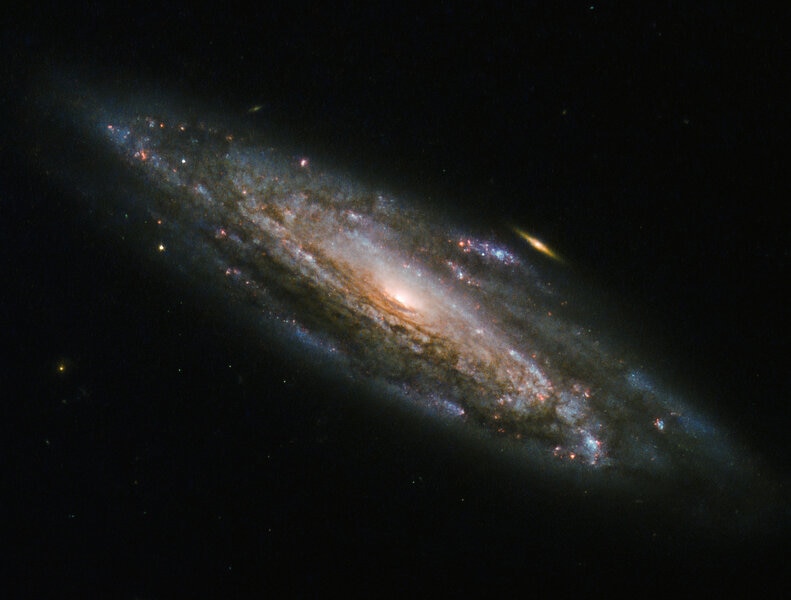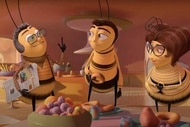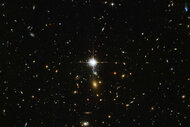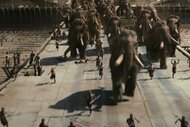Create a free profile to get unlimited access to exclusive videos, sweepstakes, and more!
Parallel galaxies
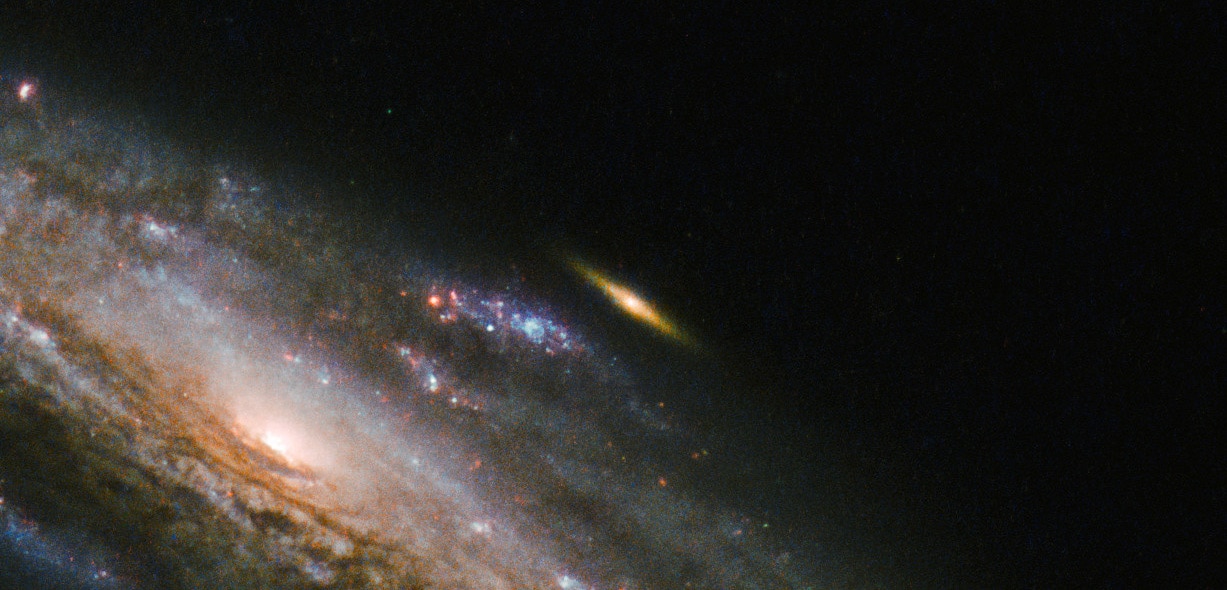
I want to show you a galaxy picture.
Why? Well, one reason in particular, but, to be honest, there’s a lot of really cool stuff about this particular galaxy.
That’s a Hubble Space Telescope image of the galaxy NGC 5559, and it’s about 220 million light-years from Earth. That, all by itself, is amazing; when the photons seen by Hubble left that galaxy, the first non-avian dinosaurs were just getting their start here on Earth. How about that?
But that’s not why I wanted to show you this. NGC 5559 is a spiral galaxy similar to the Milky Way. You can see lots of bluish regions full of luminous, massive stars, and redder nebulae here and there where such stars are actively forming. The galaxy has very prominent dust lanes too, which really accentuate the arms. Dust is created when stars are born and when they die, and my first thought when seeing this is this galaxy may be undergoing a pretty healthy amount of star birth right now.
But that’s not why you’re seeing this, either. These observations were taken in part to examine an odd star that was seen to explode in NGC 5559 in 2001. It was part of a weird class of supernovae that show unusual amounts of calcium in their spectra, but also are generally seen really far outside their host galaxy. Most supernovae are seen inside their galaxy’s confines, but these few are outside, as if given a huge kick by something that sent them into intergalactic space.
A research paper published in 2015 has an explanation for them that is simply amazing: These particular supernovae started out as stars much like the Sun, but in a binary system, two stars orbiting each other. Eventually, each star blew off its outer layers, exposing its core to space. What was left were orbiting white dwarfs, the super-dense cores circling each other. Normally, those stars would have orbited the center of NGC 5559, minding their own business, but the authors of the paper posit the galaxy underwent a collision with another galaxy. This disturbed the stars in it, dropping the white dwarf binary toward the galactic center.
That’s a problem. There’s a supermassive black hole there, and when they got too close to it, they got shot out of the galaxy like a slingshot. When this happens, the orbit of the two dwarfs around each other got much tighter and, eventually, they merged. When that happens, their combined mass is more than the new star’s internal pressure can handle. It collapses, and this causes a runaway thermonuclear fusion event. In other words: Bang. A very, very big bang: a supernova.
But that inspiral and merger take a long time, more than enough time for the binary pair to leave the galaxy altogether. That’s why we see them so far out in space. How awesome is that?
Incidentally, the pervasive dust in NGC 5559 could be from that galactic collision, too; that can trigger lots of star formation that in turn makes lots of dust. That’s consistent with the supernova generating scenario, too.
But, as you might have guessed, even that is not why I wanted to write about this picture.
Partly, I wanted to show you the picture because of the little edge-on disk galaxy just above NGC 5559. That one, as far as I could find, has no actual name, which is the case a lot for wee little fuzzies seen in Hubble images; they’re small and faint and haven’t been seen clearly previously. It being so close to the big galaxy means it may have been confused as being part of it before, too, in lower-resolution images.
Still, I can say a few things about it; if it’s the same physical size as NGC 5559, it’s about 15 times farther away, or over three billion light-years. Three billion! That’s an incredible distance. It’s also quite red, but without any obvious dust lane going through it, so it may be an old disk galaxy that doesn’t have gas in it to make new stars, what we call an S0 galaxy. Many disk galaxies that are still forming stars have an obvious dust lane in them, and I suspect if we saw NGC 5559 edge-on it would bifurcated by its dust. Not so with that little one.
But again, even that’s not why I wanted to show you this.
So, why then, finally, did I want to show you that picture?
Because I like the way that little galaxy above it is aligned the same way as NGC 5559. They’re parallel, and that makes it look very science-fictiony, like you’re zooming over the big galaxy and headed toward the other one. It’s a total coincidence, and the little one is certainly way farther away and completely unassociated with the big one.
Yup. That’s why. I just like the way they line up. It’s cool. And, sometimes, just being cool is enough.
… although, sometimes, it does lead to finding out other things as well. If you’ve read this far, then congrats! It did lead to more, and now you know. And that may have been my ulterior motive all along.
